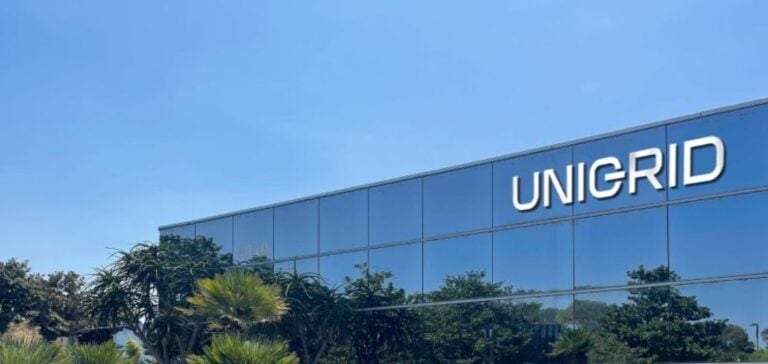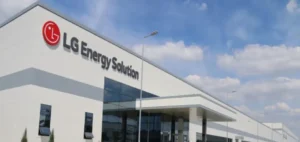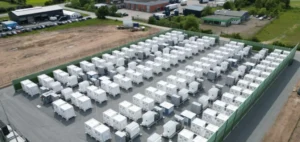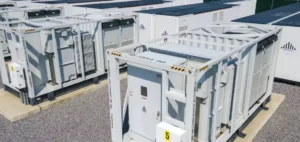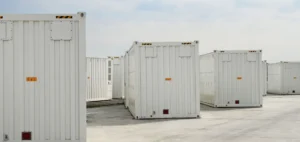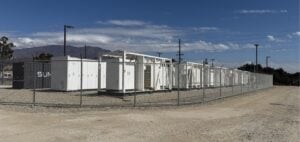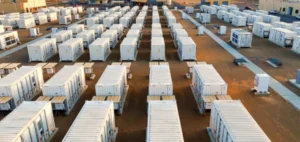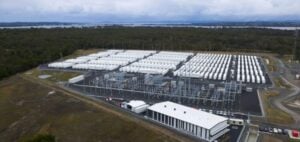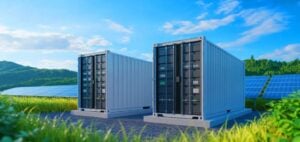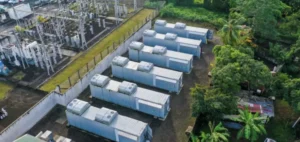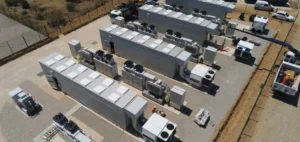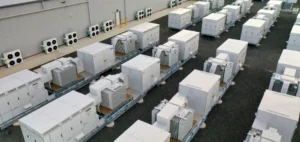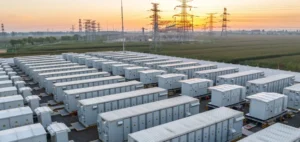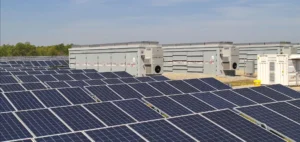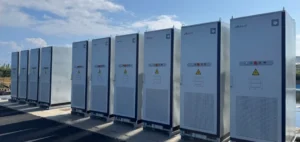Sodion Energy, a major player in energy storage based in Singapore, has signed a strategic contract with UNIGRID Inc., a California-based company specializing in advanced sodium-ion battery technologies. This agreement covers an initial delivery of 10 MWh of batteries, addressing the growing demand for energy storage solutions in Southeast Asia.
These batteries, developed by UNIGRID, stand out for their competitive cost, enhanced safety, and use of abundant raw materials, in contrast to lithium-ion technologies. Their fast-charging capabilities and intrinsic non-flammability make them well-suited to tropical climates and the region’s energy needs.
A strategic partnership for storage and mobility
The contract with UNIGRID marks a significant milestone for Sodion Energy, which aims to target strategic markets such as replacing lead-acid batteries in mobility and integrating into grid stabilization projects. According to Dr. CC Hang, president of Sodion Energy, these next-generation batteries allow the company to approach large-scale energy initiatives with improved efficiency.
In Southeast Asia, the demand for sustainable storage solutions is growing due to the energy transition and infrastructure modernization. This partnership positions itself as a response to the challenges posed by increasing transport electrification and the rise of intermittent renewable energy.
Regional and international dynamics
Southeast Asia represents a rapidly growing market for advanced storage technologies, driven by policies promoting decarbonization and renewable energy integration. This partnership highlights the global trend toward diversifying energy solutions while reducing reliance on critical raw materials such as lithium.
By collaborating with Sodion Energy, UNIGRID gains strategic access to an expanding market. This synergy between international players underscores the importance of cross-border collaborations in addressing global energy transition challenges.


